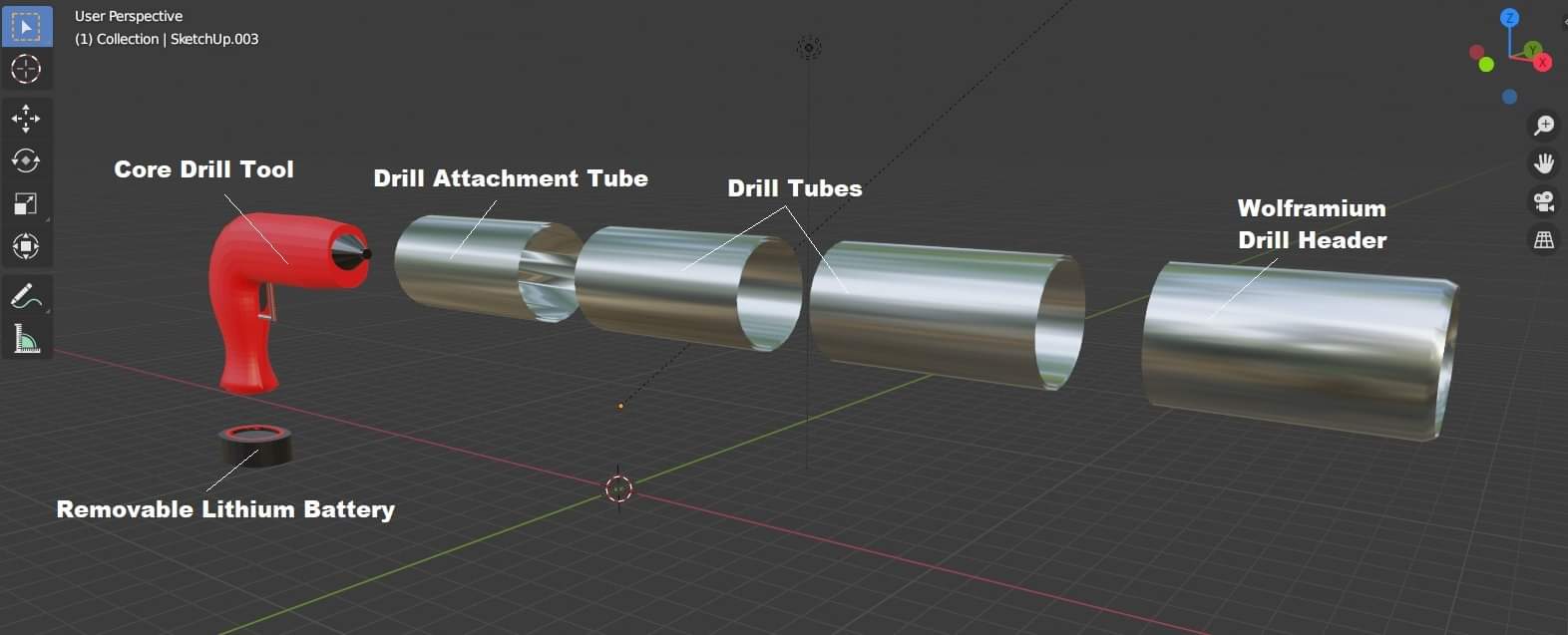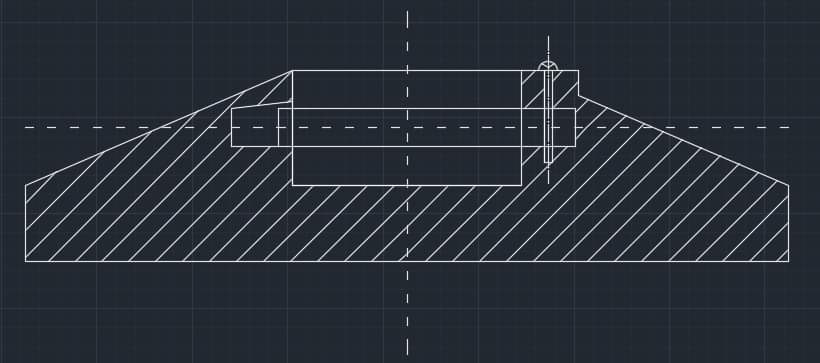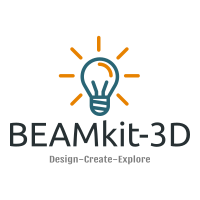We are a team of three university students taking a dive into our first Space Apps Hackathon. We are part of the B.E.A.M. (Beyond Earth Aristotle Missions) student team in the AUTh University, in Thessaloniki. Despite the difficulties that we face, due to the Covid-19 pandemic, we decided to, safely, come together and set our imagination free in order to find exciting ideas that could turn into solutions.
Our challenge is called Virtual Planetary Exploration. Through a variety of upcoming robotic and human activities on the surface and in orbit around the Moon, we will better understand the universe and our home planet. Then, we will use what we learn on and around the Moon to take the next giant leap: sending astronauts to Mars. Our challenge is to create interactive 3D models of equipment that future space explorers can use for activities like exploring a planetary surface.
Dimitris Komitis.
Student in the Department of Physics in the AUTh University. Personal E-mail Adress: jim.komitis@outlook.com
Panagiotis Margaritis.
Graduate of the Department of Civil Engineering of T.E.I. of Central Macedonia. Student in the Department of Mechanical Engineering in the AUTh University. Personal E-mail Adress: pan.mar4@gmail.com.
Konstadina Noula.
Student in the Department of Physics in the AUTh University. Personal E-mail Adress: konstadinanul@gmail.com
Our primary goal is to elevate the forms of some of the most classic geology tools that astronauts use in their missions. We present a sample of our idea, three basic tools: a small core drill with sample tubes, a scoop where sample bags can be attached and a hammer with a hammer face on one end and a flat blade on the other. This, and other tools, will be organised in a kit. The handle of the kit will have a second, important use. The astronaught will be able to detache it and use it as the handle of the varius tools, thus decreasing the weight and the cost of the toolkit. Further down, we will present the 3-D models of the tools and the toolkit and we will provide all the nessessary details for each one of them.
Characteristics: -Measurements of the scoop: L15cm - W7,5cm -H4cm. - Measurements of the handle: : 22cm - D2cm. Materials: -Aluminum alloy. Description: -The shovel will be made of aluminum alloy which has improved mechanical strength. It is designed so that a plastic sampling bag is placed on the back of the scoop, secured with a ring of the same material. Finally, its handle will be the handle of the toolbox, made in the manner of 3D printing, out aluminum, so that it has a fairly low weight, but high mechanical strength.
Characteristics: -Measurements of the head: 7,5cm - 2cm -2cm. - Measurements of the handle: : 22cm - D2cm. Materials: -High strength stainless steel and aluminum alloy. Description: -The head, on one side, will be flat so that it can be used as a hammer, while, on the other, it will be sharp like a small pick for digging. It will be made of high-strength stainless steel to withstand the shocks and any oxidation. Also, its handle will be the handle of the toolbox, which will be made in the manner of 3D printing, from aluminum alloy, so that it has a fairly low weight but high mechanical strength. Finally, the two will be connected with screws with an internal thread on the head and an outer one on the end of the handle.
Characteristics: -Measurements of core drill: L20cm - W4cm -H15cm. - Measurements of the tubes: : 16 * L11,5cm - D6cm. Materials: -High-strength stainless steel, plastic, silicon. Description: -The core drill will be a new generation model, with anti-vibration features and a small, high performance engine. It will be powered by new generation lithium batteries. The tube will consist of prefabricated screw parts, secured with a blade to prevent disassembly during the use. After taking the sample, the astronaut will be able to unscrew them and store them in the toolbox. Each tube will be numbered so that the sample can be divided and studied more conveniently. The tubes will be made out of high-strength stainless steel, and some of them will have a head coated in a layer of tungsten carbides (TCT) so that they can puncture the surface.

Characteristics: -Measurements: L50cm - W30cm -H20cm. Materials: -Aluminum alloy. Description: -The toolbox will be made of aluminum alloy in order to reduce the weight, while having the necessary mechanical strength. The handle is detachable (as shown in the picture below) so that it can be used as a handle in the tools.

https://www.nasa.gov/specials/apollo50th/pdf/A16_PressKit.pdf https://2020.spaceappschallenge.org/challenges/create/virtual-planetary-exploration/details
